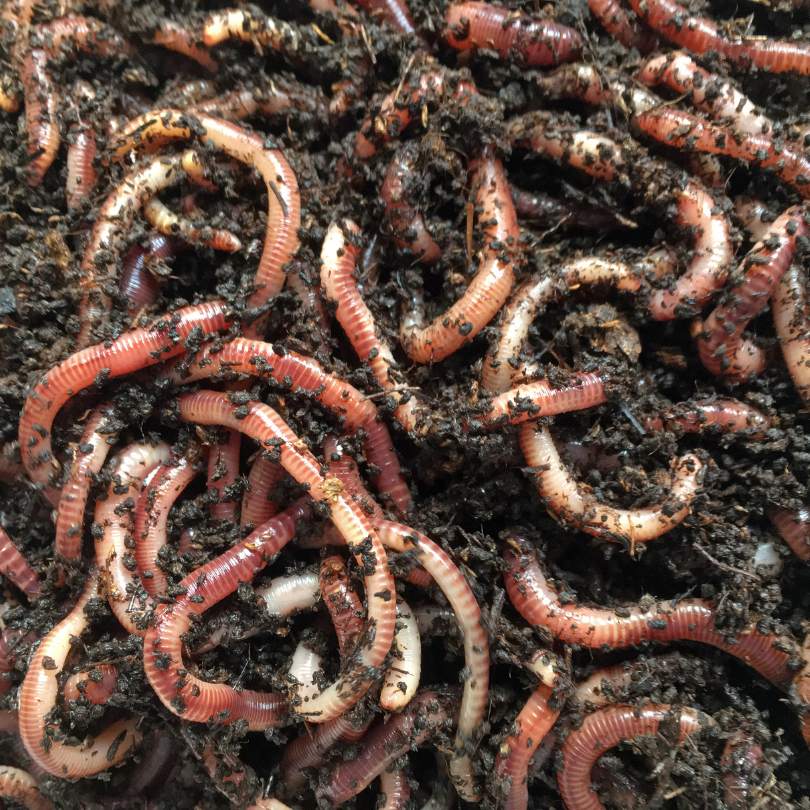VERMI-what???
A little hardship grew to big changes in Cuba in 1991. After the collapse of the Soviet Union, the people of Cuba lost 80% of their imports and were forced to become self-reliant in producing food. Worm farms, to produce organic fertilizer, came to the rescue. There are now over 172 worm farms in Cuba and their popularity and proliferation has grown world wide.
One prime example is Organoponico Vivero Alamar in Havana. Their six concrete block construction worm bins, measuring approximately 50’ X 10’, produce 300 tons of “vermicast” (the end compost product) per year! While no source seems to have an exact measure of how many Vermicomposting farms there might be here in the US – it is a highly non-organized business at this point – it is becoming increasingly adopted by businesses, institutions, farms and municipalities for the management of organic waste. Organic materials are mostly being vermicomposted onsite – some in commercially manufactured worm bins – but also in locally designed and built models. Vermicomposting is now recognized to be helpful in savings in the cost of fees for solid waste collection and disposal, water usage costs, and wastewater disposal expenses.

